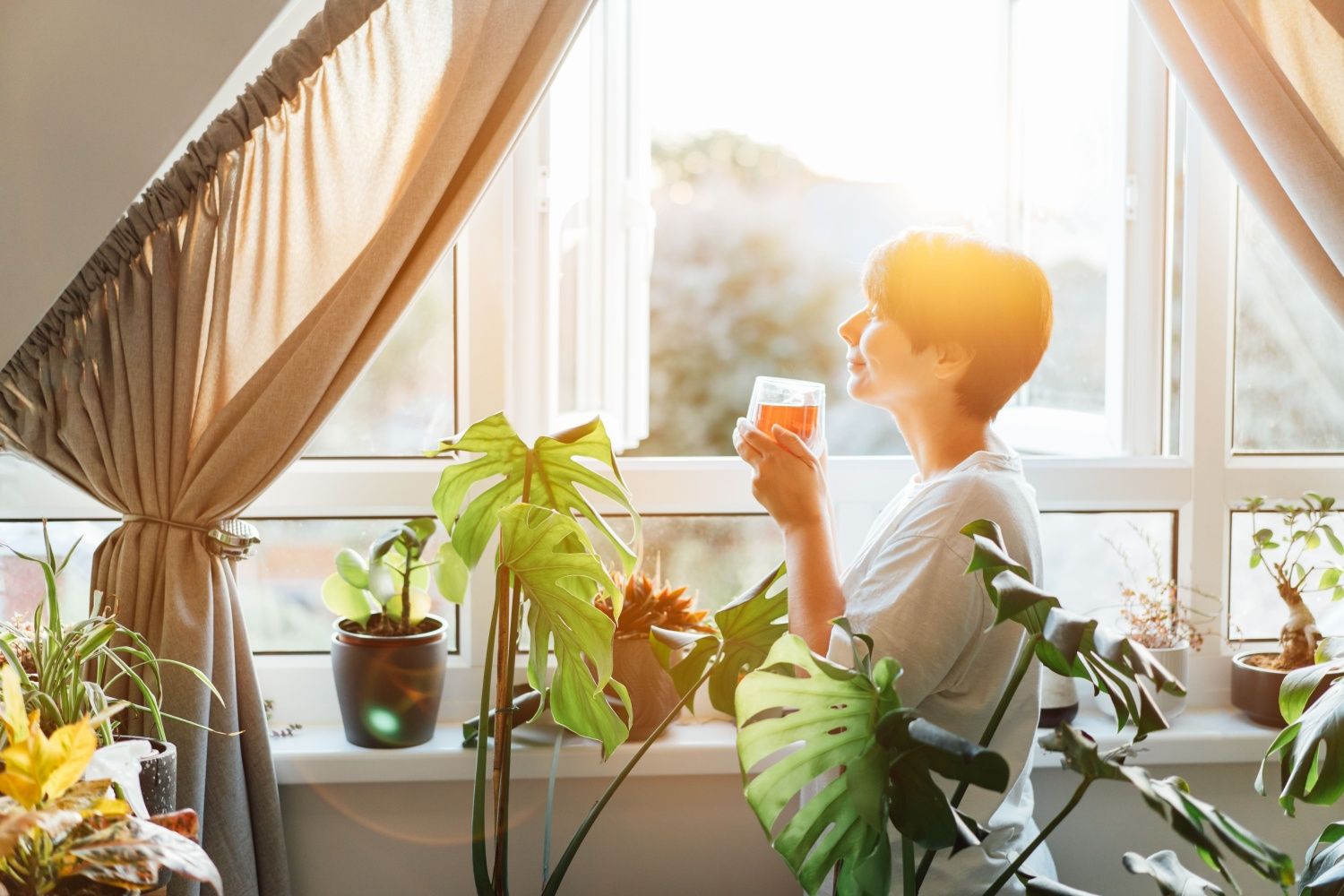Why light is more important for health than you think

Light and human biology
Humans evolved over millions of years exposed to natural sunlight, which established our biological rhythms. According to LaDonna Erikson, Founding Partner at Construction Education Consortium, the use of artificial lighting, which has only become widespread in the past 150 years, has disrupted this relationship, as most artificial sources do not replicate the full spectrum of wavelengths necessary for optimal biological function.
One example is around healthy sleep patterns. "[If] you have a lot of external light, light coming from the sun into your home, then you'll be fine, but without it, you're not going to be. If we look at... the concept of the circadian rhythm, and that's the sleep-wake cycle... it takes 480nm light, which is the wavelength of light that's necessary to make sure our sleep-wake cycle functions," she says.
Exposure to 480nm light (a blue-cyan colour) at a brightness of 1000 lux throughout the day is critical for suppressing production of melatonin to regulate this cycle. Not only do most standard indoor light sources not produce this wavelength, their brightness is typically in the 100-500 lux range, a tiny fraction of what is experienced outdoors.
Broader health impacts
Reduced exposure to natural light may contribute to negative health outcomes, such as increased risk of diabetes, immune system disorders, and some types of cancer. Like plants depend on sunlight, humans also require sufficient light for healthy functioning. "We evolved outside... We're like the grass that grew. Without light, grass won't grow – well, we're kinda the same way," says LaDonna.
Beyond brightness and colour
Bruce Clarke, Founding Lighting Sherpa with Kaleidolight Lighting Design, explains that discussions of lighting fixtures generally focus on parameters such as brightness and colour temperature, rather than considering the full range of wavelengths emitted by a light source. "Designing lighting systems that more closely mimic the spectral qualities of natural sunlight offers a pathway toward healthier environments."
Andy Bull, Director of Design at Lighting Audio Video Projects, adds that looking at graphs of spectral power distribution for daylight and various light sources is very instructive. "If you compare the daylight to even the incandescent and the halogen lamps that we thought were all fine, and visually they give a good representation of daylight for colour... you'll see that they have very, very low ultraviolet and blue light in them... [so] they're actually a lot more harmful than we thought."
Towards healthier lighting
Advancements in lighting technology and design are increasingly aimed at bridging the gap between artificial and natural light. By recreating the cycles and spectrum of daylight, lighting systems can better support circadian health, wellbeing, and performance at home and at work.
Andy recounts a hospital project in Manchester where colour-tunable lighting simulated natural light cycles improved both staff wellbeing and patient recovery. "It's about simulating a more natural light experience to benefit the environment in ways we're only beginning to understand," he explains.
The future of lighting lies in recognising its role as more than a functional necessity or design choice. When treated as an essential factor in human physiology, light becomes a tool for supporting health in modern life.
To find out more about this topic, listen to CEDIA's podcast (episode 403) featuring LaDonna, Andy, and Bruce at www.cedia.org/podcast.
Stay informed!
ISE 2026 takes place in Barcelona on 3-6 February 2026. For more updates on lighting and lighting control – in residential settings, in entertainment and elsewhere – and to discover more about ISE 2026 as details are released, sign up for updates.
Don't miss out – join our community today and keep up to speed with all the latest industry trends.

)
)
)
)
)
)
)
)
)
)

)
)
)
)
)
)
)
)
)
)
)
)
)
)
)
)
)
)
)
)
)
)
)
)
)
)
)
.png/fit-in/500x500/filters:no_upscale())
)
)
)
)
)
)
)

)
)
)
)
)
)
)
)
)
)
)
)
)
)
)
)
)
)
)
)
)
)
)
)